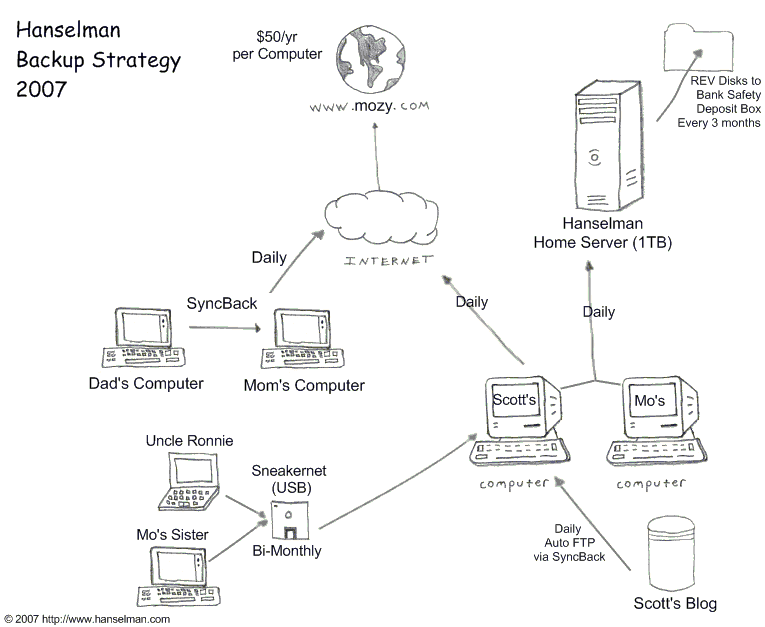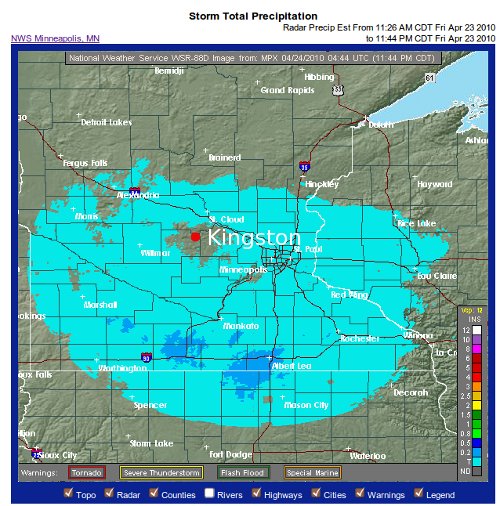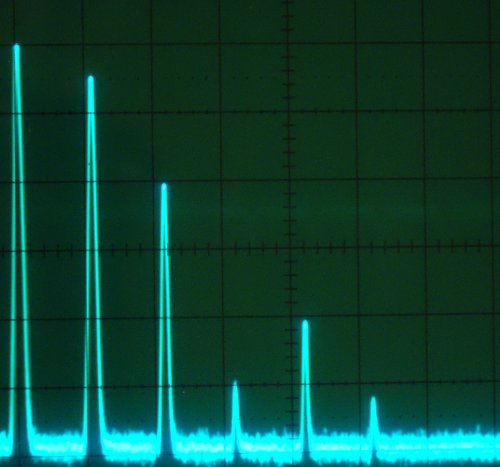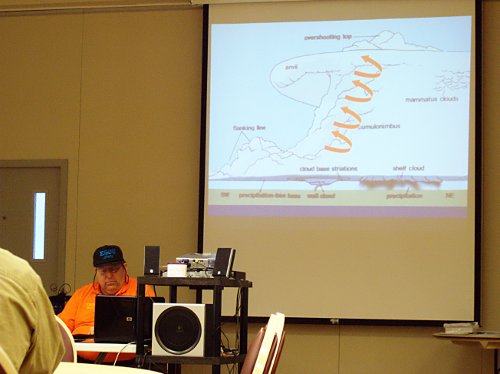Saturday 4/17 Ben and I attended the Fargo hamfest. This is our second year going up there and certainly not our last. For a small town they put on a great event. Lots of radio & electronics gear. I am very pleased with the deals and the amount of homebrew stuff that is available.

It is not a hamfest unless you have some vacuum tubes, crystals, and old soldering irons. :-)



OK... enough humor... there were some nice radios

At least 4 or 5 tables with transistors

We spent 90 minutes at the hamfest, walked around twice, and filled up
our backpack with stuff! $26 spent at three tables.
Table 1 - $1.002 small IF amps (looks like a school project or a test fixture)
2 RG-174-->BNC pigtails for projects
1 medium size bag of RG-174 cables (good lengths)
Table 2 - $5.001 Old desk mic (will probably use it for my Retro 75 AM project)
Table 3 $20.001 Hammarlund cap 25-150pF
37 - 1000pF caps
136 - 2N4250 PNP
Box of pilot lamps and LEDs
200 - 2n3391A NPN
16 - .1mF caps
84 - 1200pF caps
Bag of misc transistors
7 - 0.047uF caps
100 - 175pF caps
2 boxes of ceramic standoffs
15 - 2.47m resistors 1%
30 - 4uF caps
8 - 49.9k resistors 1%
1 box of SS standoffs
15 - 1uF caps
15 - .004uF caps
15 - 560k resistors 1%
30 - 2k resistors 1%
15 - 400m resistors 1%
15 - Raytheon 7319 PNP
45 - Motorola 049-001 7307N PNP
45 - Raytheon 7317
6 - Dickson D13013 transistors
2 - 15uH inductors
2 - 82uH inductors
2 - 100uH inductors
It will take me several evenings to get all of the parts sorted into the proper storage boxes. Tonight I took care of most of the transistors.
Ben and I had a good time on our trip, we enjoyed the hamfest, and we got a LOT of parts at a killer price.
Next weekend (4/24/2010) we are headed to Iowa to visit some extended family. While we are there will visit the Des Moines hamfest.
73 de NG0R

































